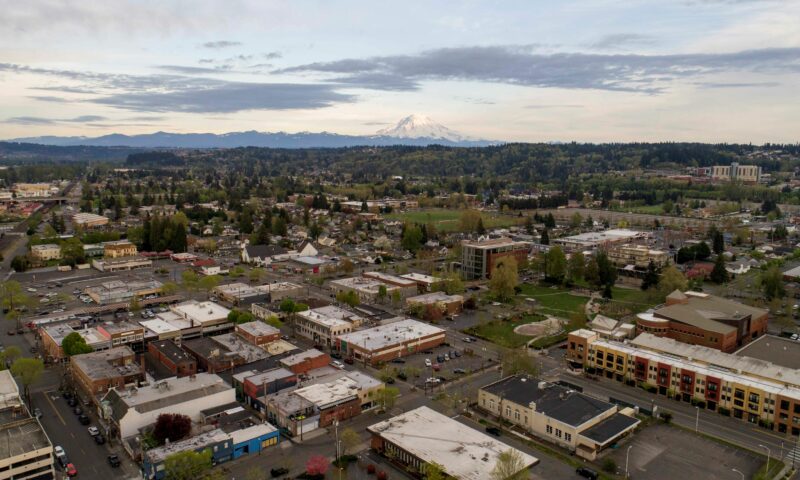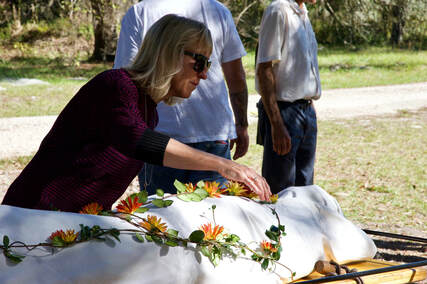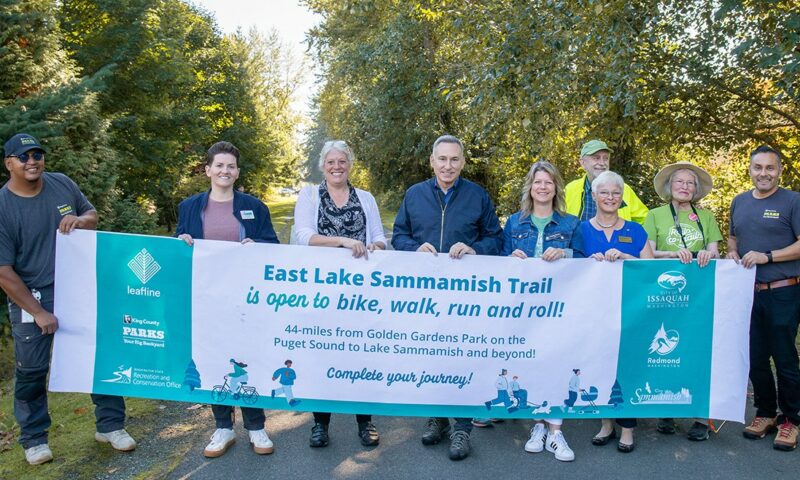Puyallup trying to attract affordable housing
The City of Puyallup has expanded its use of tax exemptions for developers in the hope of stimulating more construction of affordable housing.
The City Council recently authorized the effort to create new opportunities for developers in the city that’s currently home to about 42,000 people.
The Multifamily Tax Exemption (MFTE) program was originally only available for new construction in some of the city’s downtown. Now the program includes other downtown areas and the city’s portion of South Hill. Additionally, the River Road corridor was added to further stimulate housing and economic growth, according to Katie Baker, the city planning manager.
The expansion “will incentivize developers to look at Puyallup in a new light,” said Baker. “We know that the costs of building new housing are rising, so we need to create attractive programs that entice developers to create more housing inventory.”
State officicals have estimated “we need to accommodate over 7,482 units of housing by 2044 to meet population growth targets,” she added.
The state Department of Commerce created the MFTE program as a way to simulate affordable housing through tax incentives for residential developers. The program allows cities to designate areas where developers can apply for and receive property tax exemptions on new housing developments for a specified time period.
Puyallup has an eight-year and a 12-year option for developers. Under the exemptions, a property owner or developer doesn’t have to pay property taxes on the residential improvements for those number of years in Puyallup. The property owner still pays taxes on commercial improvements to the land.
Under the eight-year option, there are no affordability requirements, and developers can pursue market-rate housing. For the 12-year option, at least 20 percent of the units must be offered at lower prices that are more affordable or moderate, officials said.


